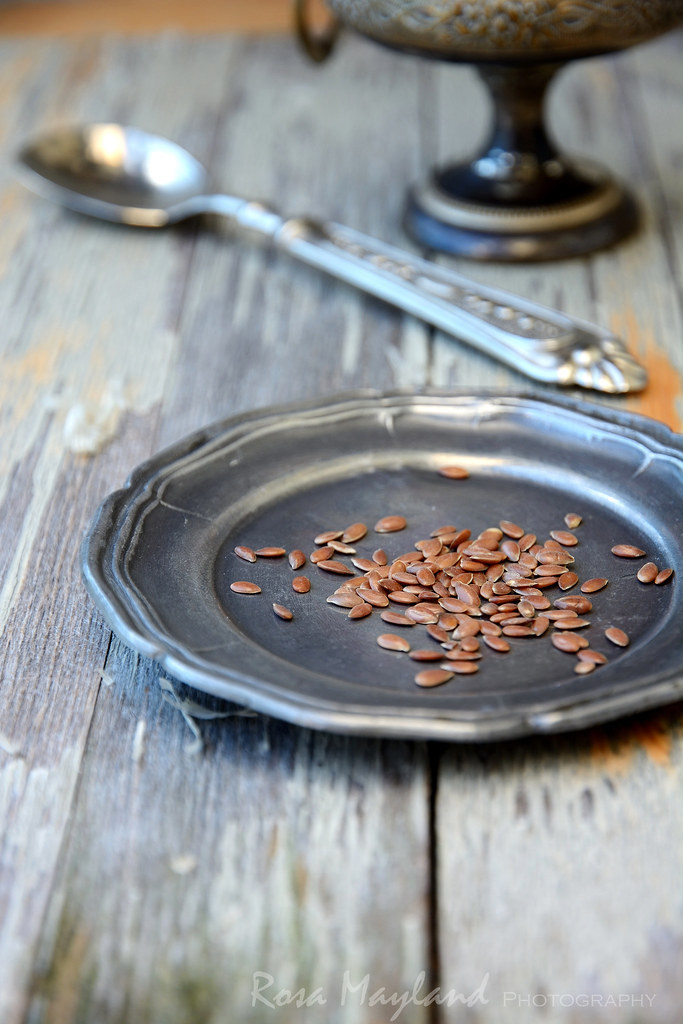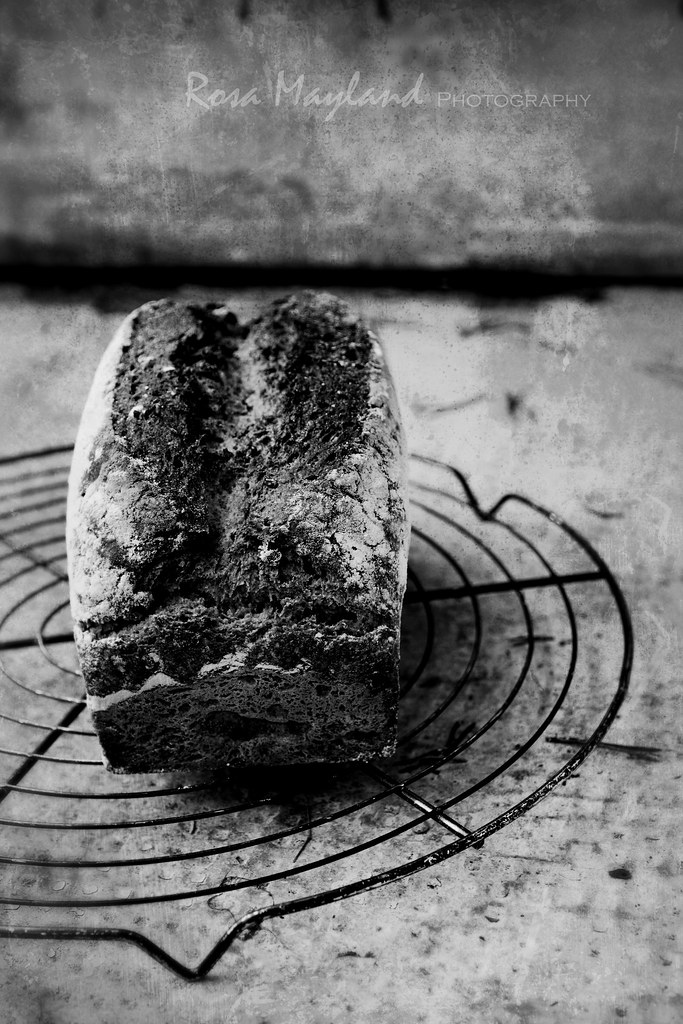IN PRAISE OF IDLENESS
There is more to life than increasing its speed.
- Mohandas K. Gandhi
Laziness /ˈleɪzɪnəs/ noun
The quality of being unwilling to work or use energy; idleness.
For
the last seven months or so, I have been experiencing bouts of slothful
laziness - and I am not ashamed to admit it. It’s true, I’ve been
extremely idle, but I feel no misplaced guilt for allowing myself to
relax and enjoy life in the slow lane.
We live in a negative and
demanding epoch that sucks our energy dry: anger fills up our heart,
the pursuit of excess has become our religion, hyperactivity and
performance obsess us, we hang on our illusions of reality, are forever
anticipating tomorrow and distracted by our materialism. Humankind is
constantly put under tremendous pressure, people struggle to survive and
although loosening up is essential to our well-being, taking it easy is a
frowned upon luxury and is generally seen as a sin or a sign of
failure. As a matter of fact, escaping the frenzy of our world, slowing
down and living in the now is unfortunately quasi-revolutionary
nowadays. How sad and insane is that?
Choosing to mong for a while and daydream should carry no taboo whatsoever. There’s
nothing wrong with wanting to thrive on zenitude and not accepting to be
trapped in that stressful über-productive mode of functioning promoted by
our modern consumerist society. So, why should I have a bad conscience
when I’m only doing what’s right for me and listening to my body, mind
and soul which are desperately in need of rest and recentering? For me, the benefits of indolence and contemplation are invaluable, and overwork, madness and anxiety are my enemies. In order to be creative and fully reveal my “talents”, the artist in me aches for harmony, ataraxia and reverie. Anti Feng-Shui lifestyles are very harmful and don’t fit my tranquil personality.

We are always running. Living in the future or the past.
Everyday at the edge, ready to snap.
Uncomfortable in our own skins.
Desperate to close the gap between chaos and order we disregard the only moment we are actually alive in……now.
We want things to be different from how they are. But we don’t see how they are. All we see is the distorted projection of ourselves.
We busy ourselves with perpetual doing, planning, worrying, suffering and look outside ourselves for solutions. We expect science or religion to relieve the pain created by our own self-destructivity.
- Chris Corner of IAMX
I
refuse to be busy for the sake of being busy as it is tiresome,
overloads your mind and leads to nowhere. In many cases, overactivety is
just another form of escapism. It prevents you from thinking too much,
seeing the greater picture and questioning the real meaning of your own
existence and your place in the Cosmos. Hence, it is important to
learn how to get off the hamster wheel and commit to going back to being
the spiritual creature you were meant to be. Finding a higher
state of consciousness will make you smile and joyful again…
In
life, most valuable things demand time and cannot be rushed. This is the
case notably with inspiration, love, relationships, raising children, taming animals,
learning, growing plants and cooking.
As you already know, yeast baking cannot be hurried and it is quite
impossible to make a bread rise in less than forty minutes or else it
will barely be eatable (it will end up being heavy and will lack flavor). Not to mention
sourdough which ferments in a snail-like manner (it takes hours and even days,
depending on the weather and the result you are looking for) and
requires attention to detail, devotion as well as endless patience.
There
is something holy, magic and nearly pious about breadmaking. Playing around
with dough calms my nerves, keeps me sane, gives me a sense of
fulfillment and accomplishment, helps me harmonise with the Universe and
be at peace with myself. This meditative activity is fabulously
soothing, incredibly satisfying and is a wonderful way of practicing
mindfulness or achieving serenity.

If thou tastest a crust of bread, thou tastest all the stars and all the heavens.
- Robert Browning
Today’s
recipe is an ode to bold detachment, elevation through self-discovery
and the sacred aspect of our presence on this earth, thus I really hope
you’ll find quietude and inner balance while mixing the flours together,
kneading the supple dough, anticipatedly watching your loaves rise,
admiring them get golden brown in the oven and proudly savoring the fruits
of your labour with your loved ones.
Besides the obvious therapeutic and health benefits brought to you by the handling of dough, my delectable “Rye Sourdough Bread With Flaxseeds & Oats” will also gratify your hedonistic cravings and send you straight to foodie paradise.
Its moist crumb, crispy crust, soft and slightly dense texture, earthy nutty flavour, mild tanginess and wholesome qualities will set your senses on fire and enchant the gourmet that you are. After one bite, you'll get hooked and you'll never go back to eating pale and bland rolls again.
Now, all you have to do is enter your kitchen and get the stand mixer working. Chop-chop! Then, once the loaves have cooled, smother the bread slices with artisan butter, sprinkle them with coarse Himalaya salt and let your tastebuds be seduced. Mmmhhh, out of this world!

Whole Wheat And Rye Sourdough Bread With Flaxseeds & Oats
Recipe by Rosa Mayland, July 2014.
Makes 2 medium loaves.
Ingredients:
2 1/2 Tbs Flax seeds
300g Whole wheat flour
200g White flour
69g Rye flour
69g Buckwheat flour
188g Active sourdough starter
375-400g/ml Lukewarm water
A big pinch of dry yeast
2 1/2 Tbs Olive oil
40g Rolled oats
1 1/4 Tbs Malt powder or liquid malt (optional)
14g Fine sea salt
Method:
1. Put the flax seed in a small bowl and add 125g/ml of boiling water (this will make them slimy). Stir and leave to cool.
2. In the bowl of your stand mixer put the flours, sourdough, water, yeast, olive oil, flax seeds (+soaking water) and malt powder.
3. Mix until all the ingredients are just combined.
4. Let the dough rest (autolyse) for 2-3 hour (the longer, the better).
5. Add the salt as well as the oats and continue mixing for about 5-8 minutes (add a little flour if the dough is too wet), until the dough reaches medium gluten development (it should be elastic, smooth and pass the window pane test).
6. Transfer the dough to a slightly oiled container and cover with plastic wrap.
7. Let the dough ferment/rise, at room temperature, for about 2h30 (or until doubled in size), folding at 50 minutes and 100 minutes.
8. Divide the dough in two and shape it as desired (sandwich loaves, boule, bâtard, banneton, etc...). 9. Sprinkle your loaves with flour and cover them with plastic wrap or a humid tea towel and let proof for about 1h00 to 1h30, or until doubled in size.
10. Thirty minutes before the end of the proving time, preheat the oven to 230° C (450° F) and place a heat-resistant bowl of water on the floor of the oven (steam helps you get a good crust on your bread - I also throw 1/3 cup of water in the oven while my bread is baking).
11. When the proving time is over, quickly slash the top of the loaves and bake (middle rack) for about 40 minutes (when the bread has
a dark brown color and sounds hollow when tapped, turn the oven off).
12. Leave the loaf in the oven for another 5 minutes with
the door ajar.
13. Remove the loaves from the oven, unmold and place of a cooling rack.
Remarks:
If you prefer white bread, replace the whole wheat flour by the same quantity of white flour.
The buckwheat flour can be replaced by chestnut flour, spelt flour or wheat bran.
Serving suggestions:
Serve for breakfast, lunch or supper, with cheese or the spreads of your choice. This bread is also perfect for making sandwiches.
Pain Complet Au Levain, Seigle, Lin Et À l'Avoine
Recette de Rosa Mayland, juillet 2014.
Pour 2 pains moyens.
Ingrédients:
2 1/2 CS de Graines de lin
300g de Farine complète
200g de Farine blanche
69g de Farine de seigle égrugé
69g de Farine de sarrasin
188g de Levain actif
375-400g/ml d'Eau tiède
Une grande pincée de levure sèche en poudre
2 1/2 CS d'Huile d'olive
40g de Flocons d'avoine (gros)
1 1/4 CS d'Extrait de malt ou de malt liquide (facultatif)
14g de Sel de mer fin
Méthode:
1. Mettre les graines de lin dans un petit bol et ajouter 125g/ml d'eau bouillante (celà les rend visqueux). Remuer et laisser refroidir.
2. Dans le bol de votre robot pâtissier, mettre les farines, le levain, l'eau, la levure, l'huile d'olive, les graines de lin (+ l'eau de trempage) et l'extrait de malt.
3. Mélanger jusqu'à ce que tous les ingrédients soient juste combinés.
4. Laisser reposer la pâte (autolyse) pendant 2 à 3 heures (plus le temps de repos est long, mieux c'est).
5. Ajouter le sel et l'avoine, puis pétrir pendant environ 5-8 minutes (ajouter un peu de farine si la pâte est trop humide), ou jusqu'à ce que la pâte soit élastique et lisse.
6. Transférer la pâte dans un grand récipient légèrement huilé et le recouvrir avec du film plastique.
7. Laisser la pâte fermenter/lever, à température ambiante, pendant environ 2h30, sans oublier de donner un pliage ou rabat à celle-ci après 50 minutes et 100 minutes de fermentation (il faut qu'elle ait doublé de volume).

8. Diviser la pâte en deux et façonner les pâtons selon la forme désirée (rectangulaire, boule, bâtard, banneton, etc ..).
9. Saupoudrer les pains avec de la farine et les couvrir avec du film plastique ou un linge humide et les laisser lever pendant environ 1h00-1h30, ou jusqu'à ce qu'ils aient doublé de volume.
10. Trente minutes avant la fin du temps fermentation, préchauffer le four à 230° C et placer un bol (résistant à la chaleur) rempli d'eau sur la sole du four (la vapeur aide à obtenir une bonne croûte - je jette également 1/3 tasse d'eau directement dans le four au moment où j'enfourne mes pains).
11. Lorsque le temps de levée/fermentation est terminé, entailler/grigner le dessus de vos pains et les enfourner (grille du milieu), puis les faire cuire pendant environ 40 minutes (une fois que les pains sont prêts - qu'ils ont une couleur brune foncée et qu'ils sonnent creux, éteindre le four).
12. Laisser les pains dans le four (porte entreouverte) pendant 5 minutes.
13. Retirer les pains du four, les démouler et les placer sur une grille de refroidissement.
Remarques:
Si vous préférez le pain blanc au pain complet, alors je vous conseille de remplacer la farine de blé complète par la même quantité de farine blanche.
La farine de sarrasin peut être remplacée par de la farine de châtaigne, d'épautre ou du blé concassé.
Suggestions d'accompagnement:
Servir pour le petit déjeuner, le déjeuner/dîner/repas de midi ou le dîner/souper/repas du soir, avec du fromage ou les tartinades de votre choix. Ce pain se prête aussi parfaitement à la fabrication de sandwiches.

























